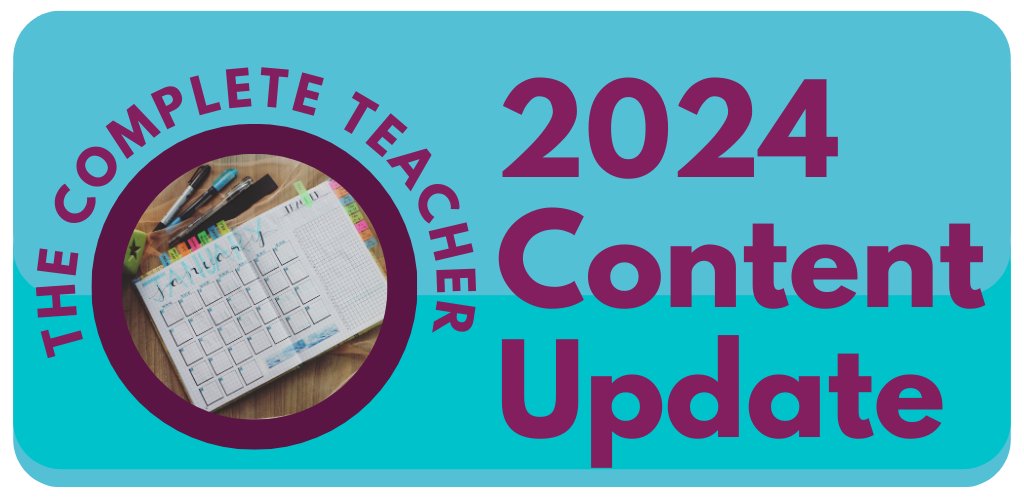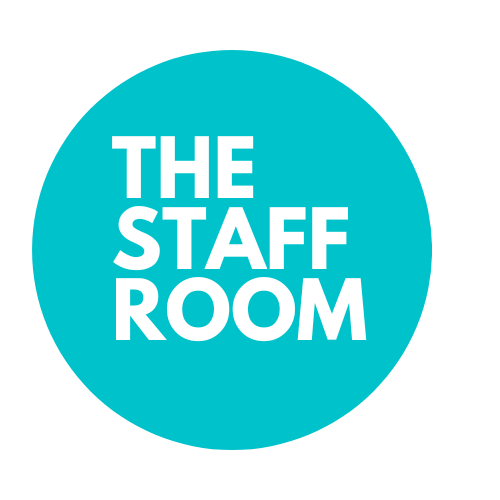The Complete Teacher
Vocational
Literacy Glossary
Accuracy Rate: This is the rate, shown as a percent, at which students accurately read the text.
Concept Map: A concept map is a type of graphic organiser which allows students to consider relationships among various concepts. Often students are encouraged to draw arrows between related concepts enclosed in oval or other shapes.
Error Rate: This is a ratio of errors to words in the text.
Fluency: The rate and accuracy with which a person reads. Fluency results from practicing reading skills often and with a high rate of success.
Formative Assessment: These tests are ongoing and based on the curriculum, providing a way to monitor student progress. They can be used to place students in groups, based on instructional needs.
Frustration Level: This is the level at which students are unable to read with adequate comprehension.
Genre: A genre is a particular type of literature, such as narratives, poetry, dramas, or fables.
Independent Level: This is the level at which students can read without assistance. Materials at this level should be chosen for independent reading, or fluency practice.
Independent Reading Inventories: An informal formative assessment that provides graded word lists and passages designed to assess the oral reading and listening comprehension.
Insertion: In a running record or informal reading inventory, this is a miscue in which students add another word when reading printed text. For example, if the sentence is: "The dog played," the student reads: "The happy dog played."
Instructional Level: This is the level at which students can read with assistance from the teacher. Materials at this level should be chosen for reading instruction.
Metacognition: This is thinking about one's own thinking, or being aware of one's own learning. When students are aware of how they think and learn, they can be taught to regulate their thought and learning processes.
Omission: In a running record or informal reading inventory, this is a miscue in which students do not read a word or words in the printed text. For example, if the sentence is: "The sky was bright blue," the student reads: "The sky was blue."
Onset: The part of a syllable that comes before the vowel of a syllable. The onset of the word box is /b/.
Phoneme: the smallest unit of sound. It distinguishes one word from another (e.g., man and fan are distinguished by the initial phoneme).
Phonemic Awareness: This is a type of phonological awareness that involves the awareness and manipulation of individual sounds.
Phonological Awareness: The auditory awareness of sounds, words, and sentences. The understanding that speech is composed of sentences made up of words. Words are comprised of syllables, and syllables are comprised of phonemes.
Qualitative Data: Qualitative data consist of verbal or graphic descriptions of behaviour and experience resulting from processes of observation, interpretation, and analysis. It is often comprehensive, holistic, and expansive.
Qualitative Tools: These are tools that produce qualitative data consisting of verbal or graphic descriptions of behaviour and experience resulting from processes of observation, interpretation, and analysis.
Quantitative Data: Quantitative data consist of information represented in the form of numbers that can be analysed by means of descriptive or inferential statistics. It is often precise and narrow data.
Reading Conferences: Conferences conducted by teachers during independent reading time provide an opportunity to meet with a student to assess progress, to note reading strategies that are being used, monitor books being read, and to provide guidance in developing reading strategies.
Rime: The part of a syllable that consists of its vowel and any consonant sounds that come after it. The rime of the word box is /ox/.
Scaffolding: A scaffold is a supporting framework. Scaffolded learning is a teaching strategy that helps support students in their learning when they may have difficulties. A goal of scaffolded learning is to have students use a particular strategy independently.
Screening Tests: These tests provide information that serves as a baseline. They are usually given to determine the appropriate starting place for instruction.
Self-Correction: In a running record or informal reading inventory, this is a miscue in which students do not read a word or words correctly, but return to the text and read the word or words correctly.
Self-Correction Rate: This is the ratio of self-corrections to errors when reading the text.
Sound-Print Connection: Understanding the relationship between print and sound.
Substitution: In a running record or informal reading inventory, this is a miscue in which students replace the printed word with another word. For example, if the sentence is: "She said, 'No,'" the student reads: "She shouted, 'No.'"
Summative Assessment: These tests are usually given at the end of a unit or at the end of the year. They assess a student's strengths and weaknesses over a period of time.
Sign in to add your comment.
Shortcuts

Click here to explore our 2024-themed content calendar, which allows you to navigate content by month and discover our collection of popular resources and blogs.
We also encourage you to explore our 2023 page by clicking here,

Become a member of the staffroom today and access free coaching sessions for educators. Visit the community!

New resources on entrepreneurship in schools are available.
Visit the page to access and download free resources.
To explore the resources, click here.

Explore here.
If you would like to be part of our community, please click on the link provided.
.



